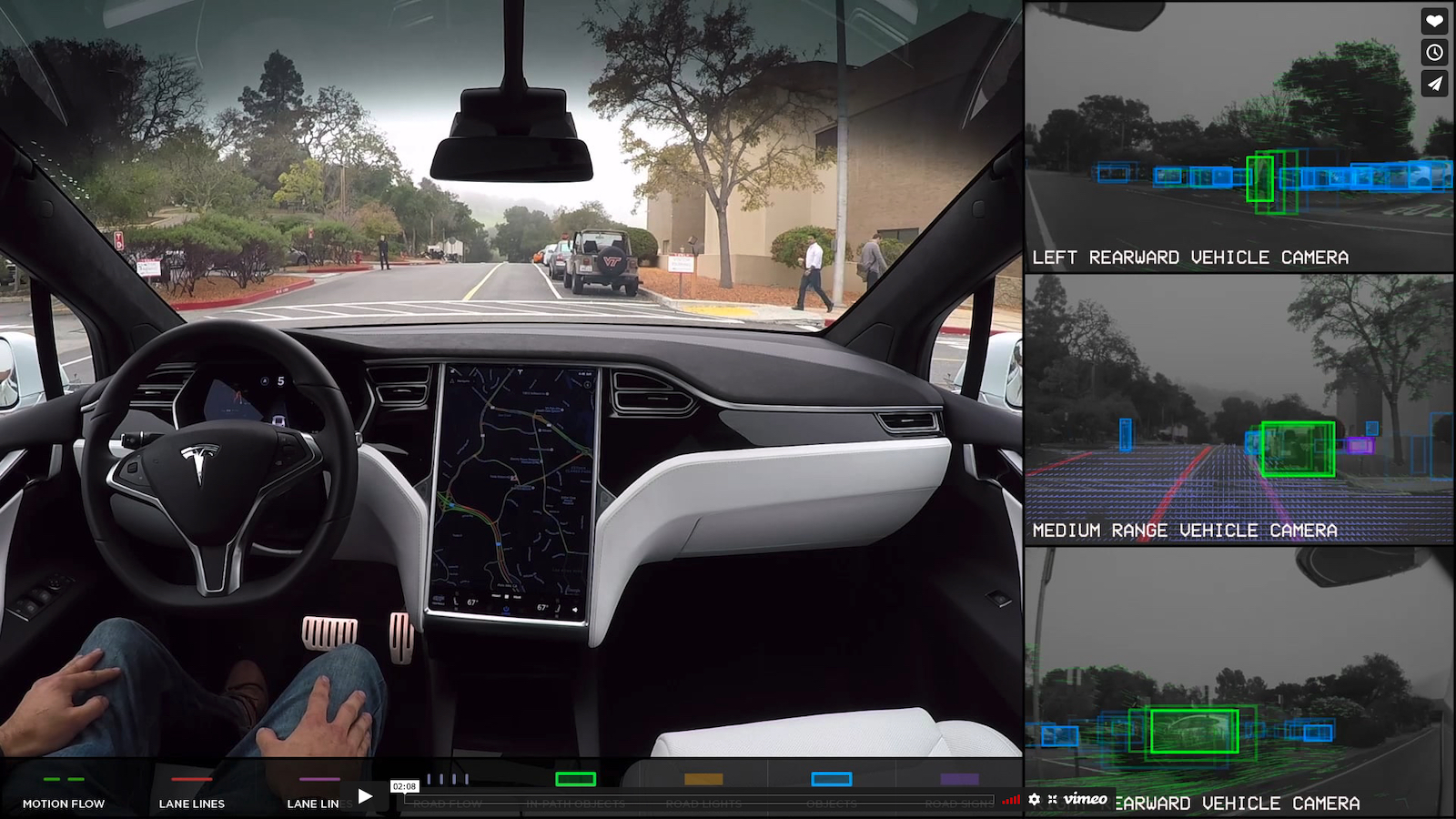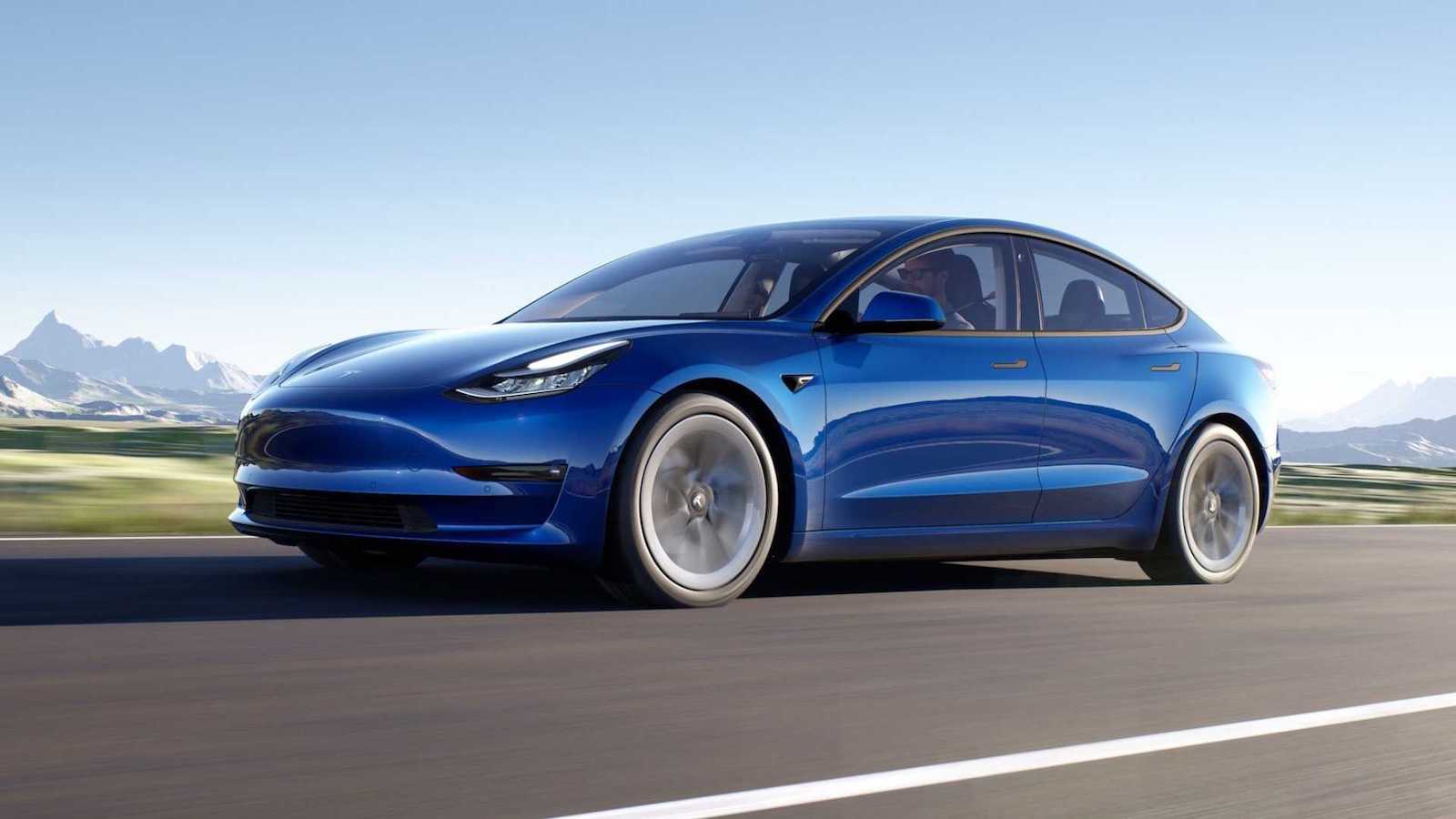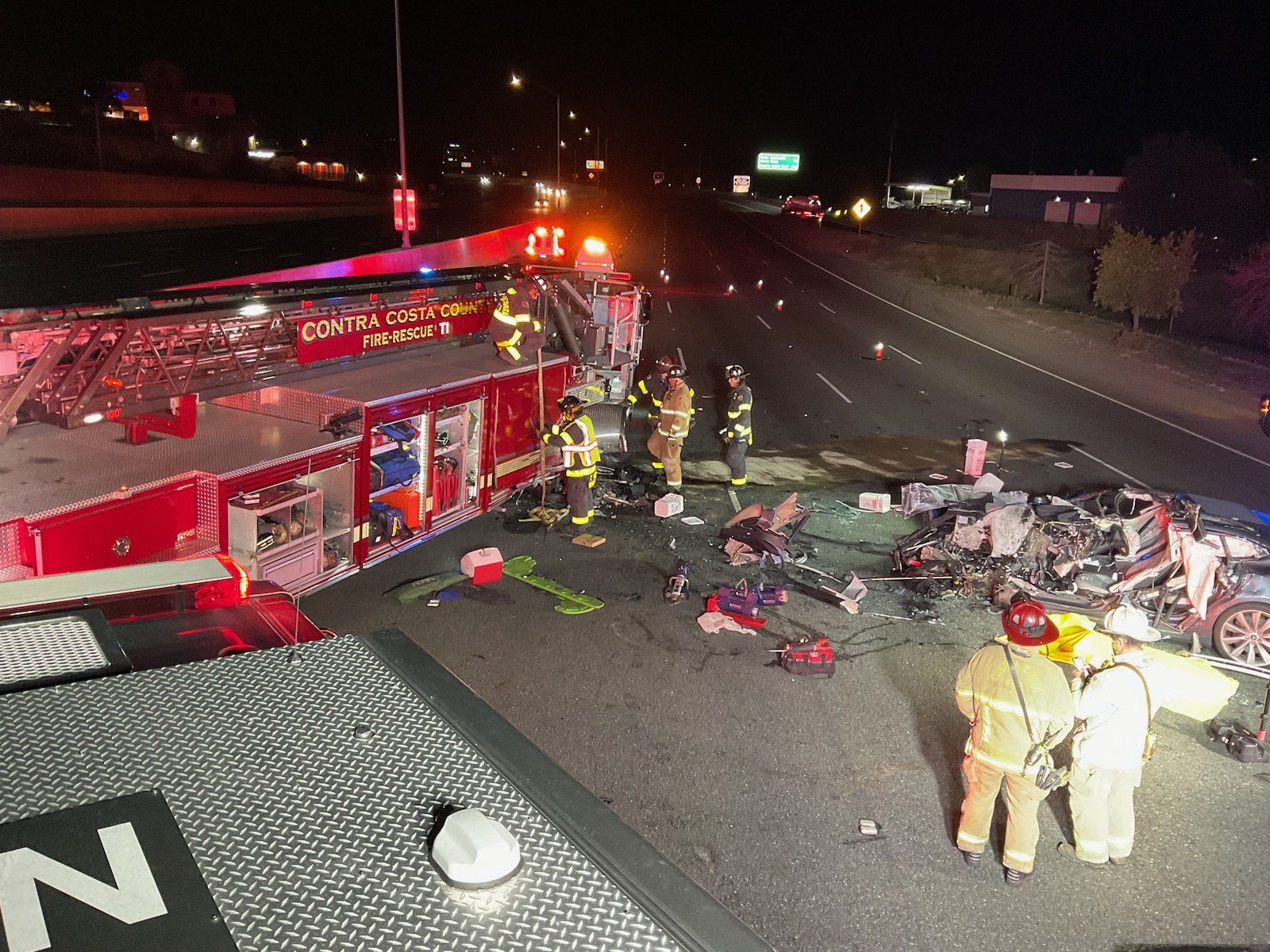Tesla’s semi-autonomous Autopilot system will go on trial today. The EV manufacturer’s controversial technology is facing allegations that it was responsible for the death of motorist Micah Lee in 2019.
What is known is that Lee’s Model 3 sedan was traveling at 65 mph when it veered off a highway near Los Angeles, striking a palm tree before bursting into flames. Two passengers were injured in the crash, including a then-8-year-old boy.
The civil trial will determine whether the Autopilot system was responsible for the crash. The results of the case could have a significant impact across the country as other cases involving Tesla crashes move through the courts. Federal regulators, meanwhile, are also conducting a series of investigations into the Autopilot system, as well as Tesla’s more advanced Full Self-Driving technology.
A defective product?
In the case being heard in California state court, Lee’s estate accuses Tesla of knowingly marketing a defective product used in his electric vehicle.
For its part, Tesla has countered by saying that it wasn’t clear Lee’s vehicle was operating under Autopilot when the crash occurred. It also notes that he had been drinking before he drove. But Lee’s attorneys claim his blood alcohol level was below California’s legal limit, according to tests done after the fatal crash.
First offered on the Tesla Model S sedan in 2014, Autopilot is one in a growing list of advanced driver assistance systems designed to ease the burden on a motorist. It falls into a category of semiautonomous systems that can largely manage to drive a vehicle on its own. And it is frequently compared to General Motors’ Super Cruise and Ford’s BlueCruise systems.
Critics take aim
But, where the GM and Ford technologies allow motorists to take hands off the wheel under specific circumstances, Autopilot still requires a driver to retain at least a light grip of the wheel, according to Tesla’s website. That hasn’t stopped many owners from using it hands-free, numerous Internet videos showing drivers going so far as to climb into their vehicles’ back seats or falling asleep while in Autopilot mode.
Critics contend Tesla intentionally blurred the lines, pointing to an early video of CEO Elon Musk driving a Model S with Autopilot active, waving both his hands outside the driver’s window.
(Ahead of this week’s California trial the court ruled that some of the past statements made by Musk can be excluded from evidence)
Tesla targeted by the feds
All told, Autopilot has been linked to dozens of crashes, a number of them fatal. That has triggered numerous investigations by both the National Highway Traffic Safety Administration and the National Transportation Safety Board.
In a special order issued on July 26, NHTSA recently demanded more information from Tesla as part of its ongoing investigations. Regulators raised concerns about changes made to Autopilot software that could encourage drivers to take hands off the wheel for an extended period.
The latest investigation focuses on potential defects with Autopilot that could have contributed to more than a dozen collisions with parked emergency vehicles.
Autopilot cleared in earlier case
Regulators have also raised concerns about how Tesla monitors driver behavior to ensure motorists retain hands on the wheel and stay focused on the road.
NHTSA and the NTSB have blamed Tesla for contributing to at least one fatal crash.
But the automaker escaped responsibility in an earlier California trial. Last April a Los Angeles jury found the automaker not responsible for a crash in which a Model S swerved into a curb and injured the driver. According to a Reuters report, jurors said they blamed driver distraction for the crash.
The new trial being heard in Riverside County Superior Court is expected to last several weeks. And it could serve as a bellwether for future cases involving the Autopilot system.





0 Comments